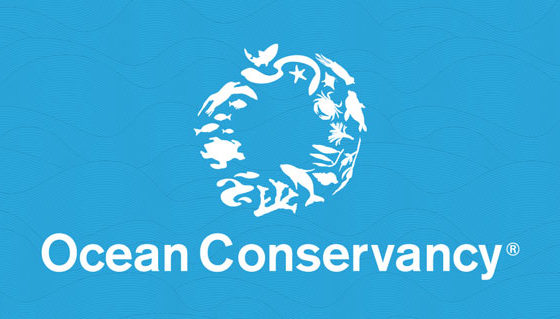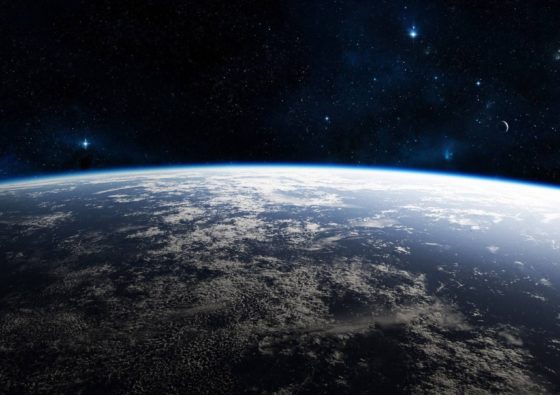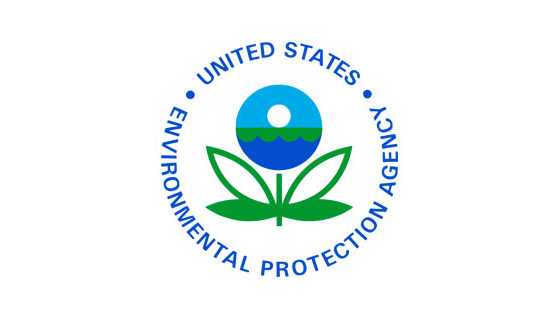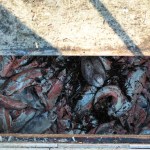6 Ways to Support Sustainable Fisheries From Home
Published by Ocean Conservancy Around the country and world, many of us remain in various stages of stay-at-home, but there are still plenty of opportunities to celebrate our ocean and fish this summer by learning about sustainable fisheries and taking action to help ensure there are plenty of fish in the sea now and in the […]






